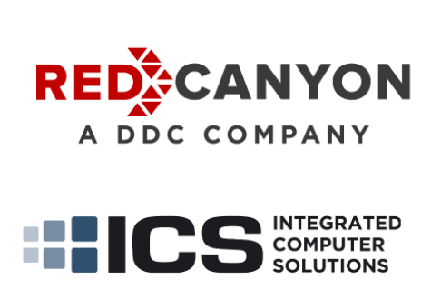If we use social media in the hiring process, does employee presence in that space increase organization vulnerability?
Increasingly, recruiters and employers are using social media to screen candidates. On the bright side, candidates can and are rewarded for the creativity and writing skills they display. The dark side is the overwhelming tendency to dismiss candidates whose expressed views or social habits differ from the employer’s. Like it or not, this seems to be the new normal.
Once aboard, employee use of social media takes on a new complexity. What, if any, limitations should be placed on employee activity in social media? Other than controlling activity on employer computers, do employers have a right to limit employee activity? Taken a step further, does an employee’s presence in social media communities threaten the security of your organization?
Social Media as Security Threat?
Consider the correlation to social engineering and the capacity for sensitive information to pass through the community, intentionally or not, in or out of context, fueling connections made by those inclined to mischief. The hardware that enables this is irrelevant, whether it’s housed in your offices or on the kitchen table of your most dedicated staff member, so limiting the use of company machines may not be enough.
Any footprint on the Internet exposes your organization, especially when you think about the megaphone that social media offers the disgruntled employee or even the vocal employee. Studies suggest that 80% of consumers read online reviews when making buying decisions, and that’s consumers drilling shallow waters to pick the right shoes. Imagine prospective clients drilling down into the short list of firms they’re vetting for a huge contract. Your firm. Your contract.
Conversation as the Ultimate Social Media
While you’re waiting for your legal team to tell you what you can do, let’s explore a couple of things you should do. First, develop a policy and strategy for social media use, one that expresses your organization’s concerns while recognizing the individual rights of your employees. Second, have a conversation with your team about the dangers lurking in the next post or tweet, even illustrating the potential for security threats. We all want employees to be active and positive in their communities, even digital ones, but there is wisdom in moderation and restraint.
Thoughtfully developed and presented in the right way, such a conversation should enable your employees to embrace the need for caution in navigating the shades of gray between private and public. Sometimes conversation is the best technology.




